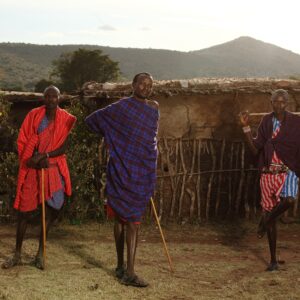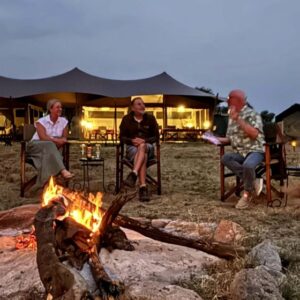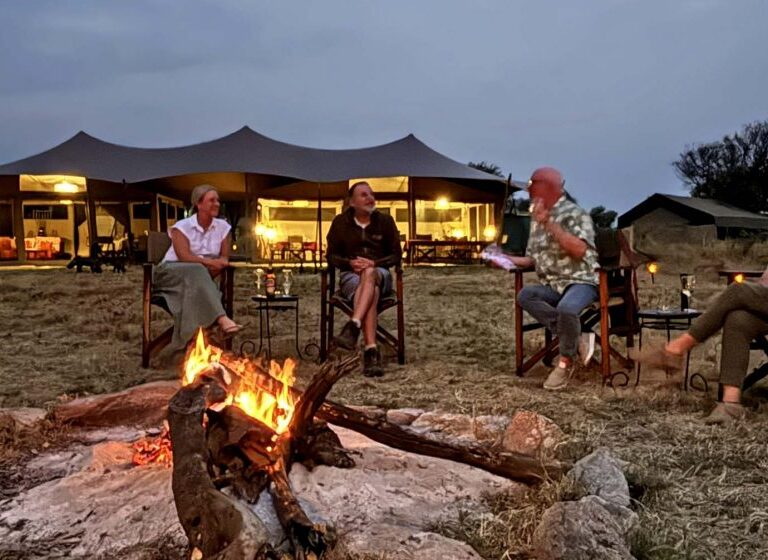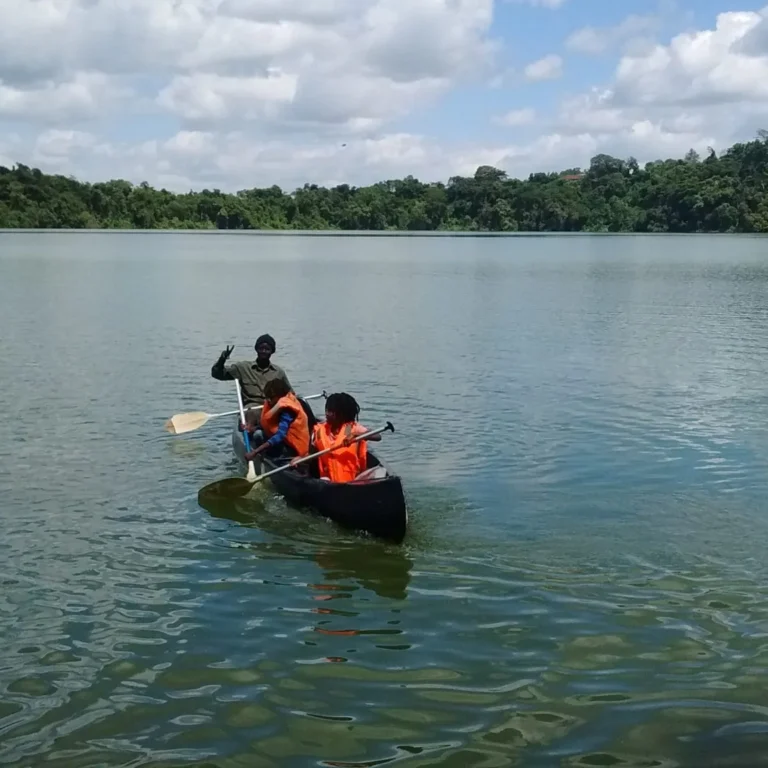What is the Weather on Mount Kilimanjaro?
Kilimanjaro Weather: A Comprehensive Guide- Kilimanjaro, the majestic peak of Africa, boasts diverse climates as you ascend through its unique ecological zones. Understanding Kilimanjaro weather is crucial for planning a successful trek.
1. Kilimanjaro Weather Overview:
Kilimanjaro experiences distinct weather patterns influenced by its proximity to the equator. There are two main trekking seasons: January to March and June to October. The former is drier but colder, while the latter offers milder temperatures but occasional rainfall.
2. Kilimanjaro Weather Month by Month:
January to March: These months constitute the long rains season. While precipitation is more likely, the mountain is less crowded. Mount Kilimanjaro Weather Forecast (5963m). Daytime temperatures at the base hover around 70°F (21°C) but drop significantly at higher elevations.
April to early June: This is the peak of the wet season, and trekking is less popular due to heavy rainfall. The temperatures are still mild, ranging from 70°F (21°C) at the base to freezing at the summit.
Late June to October: This period is the dry season, making it the most popular time for trekking. Days are warmer, with temperatures ranging from 70°F (21°C) to 50°F (10°C) at the summit. Clear skies offer stunning views.
November to mid-December: The short rains season brings more precipitation, but trekking is still feasible. Temperatures are similar to those in the early part of the year.
3. Kilimanjaro Temperatures:
Base to 3,000 meters (9,842 feet): Kilimanjaro Temperature – What is the Weather on Mount Kilimanjaro? At the base, temperatures are relatively warm, ranging from 70°F to 80°F (21°C to 27°C). As you ascend, temperatures drop by about 6.5°C (12°F) for every 1,000-meter gain.
3,000 to 4,000 meters (9,842 to 13,123 feet): In this zone, temperatures vary from 50°F to 70°F (10°C to 21°C). Nights become progressively colder, and temperatures can dip below freezing.
4,000 to 5,000 meters (13,123 to 16,404 feet): This alpine desert experiences temperatures ranging from 20°F to 50°F (-6°C to 10°C). Sub-zero temperatures are common at night.
Above 5,000 meters (16,404 feet): The summit zone encounters freezing temperatures, often reaching as low as -10°F to 20°F (-23°C to -6°C).
| MONTH | LOW (F) | AVERAGE (F) | HIGH (F) | HUMIDITY (%) | RAINFALL (IN) |
| January | 64 | 78 | 92 | 58 | 1.4 |
| February | 64 | 78 | 92 | 57 | 2.0 |
| March | 66 | 78 | 90 | 63 | 4.7 |
| April | 67 | 76 | 85 | 73 | 13.8 |
| May | 65 | 72 | 79 | 77 | 9.3 |
| June | 62 | 70 | 78 | 72 | 1.5 |
| July | 60 | 69 | 78 | 69 | 1.0 |
| August | 60 | 70 | 80 | 66 | 0.7 |
| September | 60 | 71 | 83 | 61 | 0.6 |
| October | 62 | 75 | 88 | 57 | 1.0 |
| November | 64 | 76 | 89 | 57 | 2.5 |
| December | 64 | 77 | 90 | 60 | 2.1 |
4. Kilimanjaro Weather through the Climate Zones:
Cultivation Zone (800 to 1,800 meters): This zone is characterized by lush vegetation and warmer temperatures. Rainfall is more consistent.
Rainforest Zone (1,800 to 2,800 meters): A dramatic change in vegetation occurs, and temperatures remain relatively warm. Rainfall is abundant.
Heath and Moorland Zone (2,800 to 4,000 meters): This zone experiences cooler temperatures, and vegetation becomes more sparse. Rainfall decreases compared to the rainforest zone.
Alpine Desert Zone (4,000 to 5,000 meters): The landscape transforms into an otherworldly, rocky terrain with minimal vegetation. Temperatures drop significantly, and nights are frigid.
Arctic Zone (Above 5,000 meters): At the summit, temperatures hover around freezing or below. The landscape is characterized by glaciers and snow.
5. Kilimanjaro Weather Variations:
- Temperature Fluctuations:
- Daytime temperatures are generally milder, but nights can be extremely cold. Layered clothing is essential to adapt to changing conditions.
- Precipitation:
- While rainfall is more predictable during the wet seasons, unexpected showers can occur. Adequate rain gear is crucial.
- Winds:
- Higher elevations experience strong winds, particularly near the summit. Windproof layers are recommended to combat the chill.
- Altitude-Induced Weather Changes:
- As you ascend, conditions can change rapidly. Be prepared for sudden weather shifts and decreasing oxygen levels.
6. Kilimanjaro Live Summit Weather:
Several online platforms provide real-time weather updates for Kilimanjaro’s summit. These include temperature, wind speed, and precipitation forecasts.
Summit conditions can vary, with temperatures often well below freezing and wind chill making it feel even colder.
Cloud cover can limit visibility, so climbers should be prepared for both clear and obstructed views.
FAQs: Mount Kilimanjaro Weather
At the base of Mount Kilimanjaro where the the climb starts, the average temperature is around 70 to 80 degrees Fahrenheit (21 to 27 degrees Celsius).
Can I climb Kilimanjaro year-round?
While trekking is possible throughout the year, the dry seasons (June to October and January to March) are the most popular due to milder temperatures and clearer skies.
What clothing is recommended for Kilimanjaro?
Dress in layers, including moisture-wicking base layers, insulating mid-layers, and waterproof outer layers. Thermal gloves, hats, and sturdy, waterproof boots are essential.
How does altitude affect weather on Kilimanjaro?
As you ascend, temperatures drop and oxygen levels decrease, impacting both weather conditions and physical well-being. Acclimatization is crucial to mitigate altitude-related risks.
Are there weather-related challenges during the climb?
Yes, unpredictable weather changes, especially at higher elevations, can pose challenges. Climbers should be prepared for varying conditions and pack accordingly.
In conclusion, Kilimanjaro’s weather is as diverse as its landscapes. Careful planning and preparation, along with a keen awareness of changing conditions, will enhance your experience on this iconic African peak.








